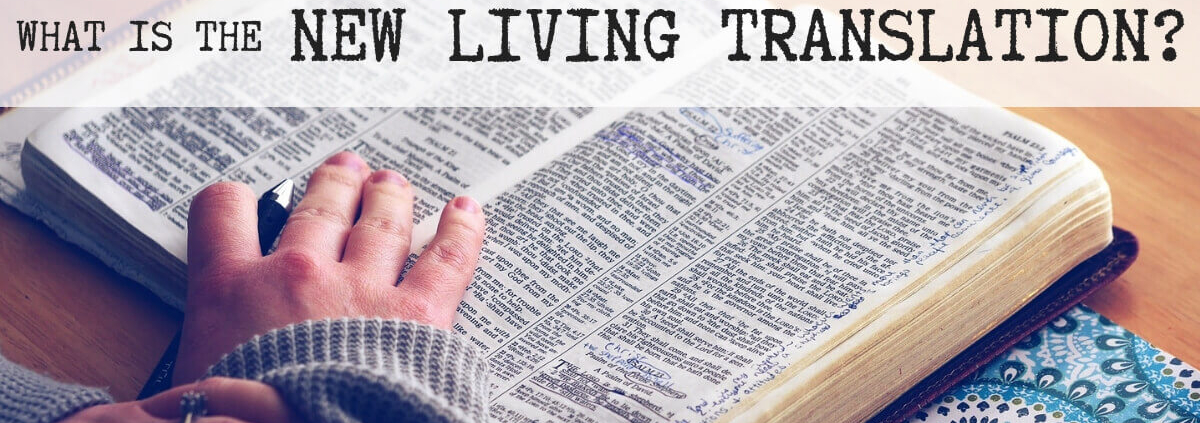What is the New Living Translation (NLT) Bible?
In a world filled with various versions and translations of the Bible, it can be challenging to navigate through the sea of ancient texts to find one that resonates with your heart and soul. The New Living Translation (NLT) Bible is a contemporary translation that seeks to bridge the gap between the historical biblical texts and the modern reader. In this article, we will explore what the NLT Bible is and how it differs from other popular translations such as the New International Version (NIV) and the King James Version (KJV).
Understanding the New Living Translation (NLT)
The New Living Translation (NLT) is a dynamic equivalence translation of the Bible, known for its readability and accessibility to a wide audience. It was first published in 1996 and has since gained popularity for its clear and straightforward language. The NLT is the result of a team of scholars and linguists working diligently to ensure that the Bible’s message remains faithful to the original texts while using modern language that can be easily understood by today’s readers.
Key Features of the NLT Bible
- Clarity and Readability: The NLT is praised for its clarity and readability. It strives to convey the message of the Bible without the need for complex language or difficult-to-understand terms. This makes it an excellent choice for new believers, young readers, or anyone looking for a more straightforward approach to Scripture.
- Contemporary Language: Unlike some older translations like the King James Version (KJV), which can be challenging to grasp due to its archaic language, the NLT uses contemporary English, making it accessible to a modern audience. This ensures that readers can connect with the text on a personal level.
- Dynamic Equivalence: The NLT follows the dynamic equivalence approach to translation, aiming to capture the essence and meaning of the original texts rather than providing a word-for-word translation. This approach allows for a smoother and more comprehensible reading experience.
Comparing NLT to NIV
The New International Version (NIV) is another widely used translation of the Bible. While both the NLT and NIV seek to make the Scriptures more accessible, they have some key differences:
- Translation Approach: The NIV also employs a dynamic equivalence approach, similar to the NLT. However, the NIV may retain some traditional biblical terminology that the NLT might rephrase in contemporary language.
- Readability: Both the NLT and NIV are known for their readability, but the NLT often leans toward a more conversational tone, which some readers find particularly engaging.
- Interpretation: The NLT tends to provide interpretations of certain phrases or idiomatic expressions in a way that clarifies their meaning, whereas the NIV may stay closer to the original wording.
The New Living Translation (NLT) Bible offers a refreshing perspective on the ancient texts of the Bible by providing a clear and contemporary interpretation. Its readability and accessibility make it a valuable resource for both seasoned believers and those new to the faith. While the New International Version (NIV) is another popular choice, the NLT stands out for its conversational tone and interpretive approach. Ultimately, the choice between the NLT, NIV, or any other Bible translation should depend on your personal preferences and what resonates with your spiritual journey. Whether you choose the NLT, NIV, or another version, the important thing is to engage with the Word of God and find inspiration and guidance for your life.



